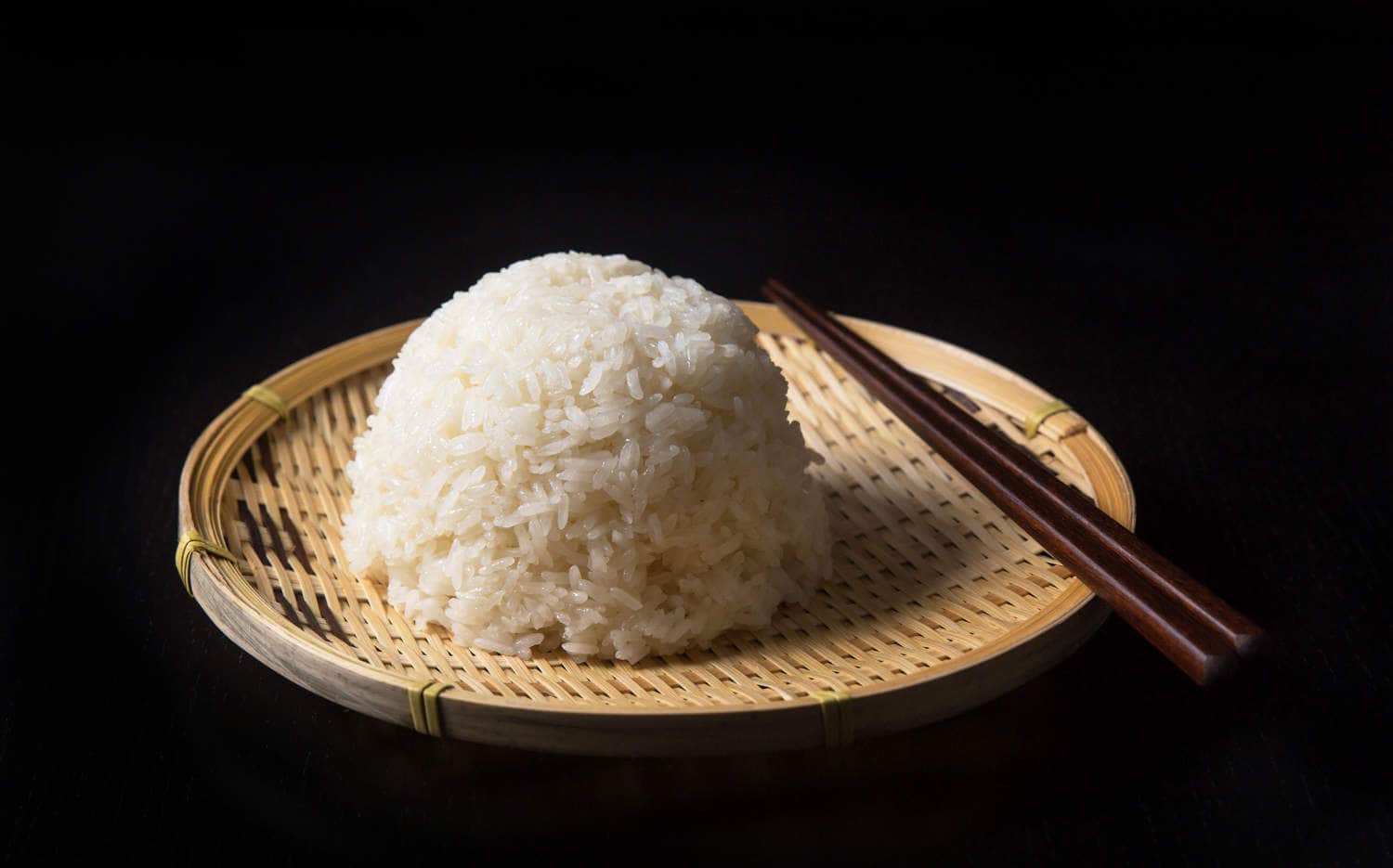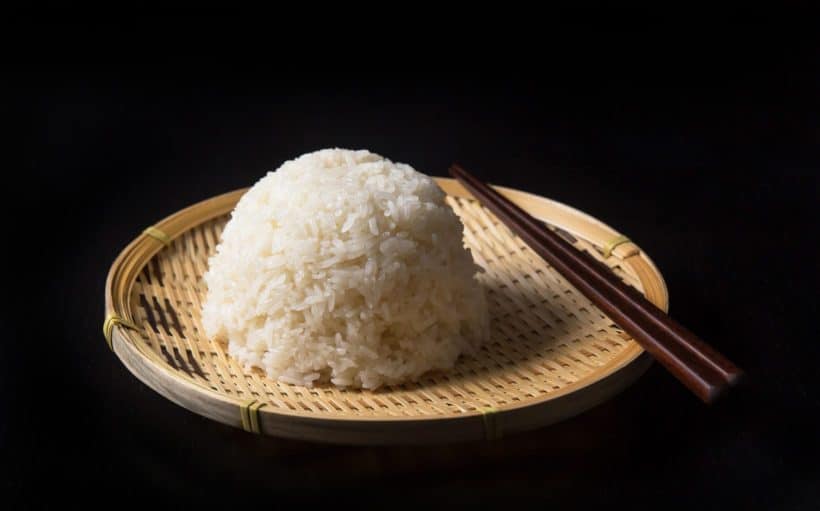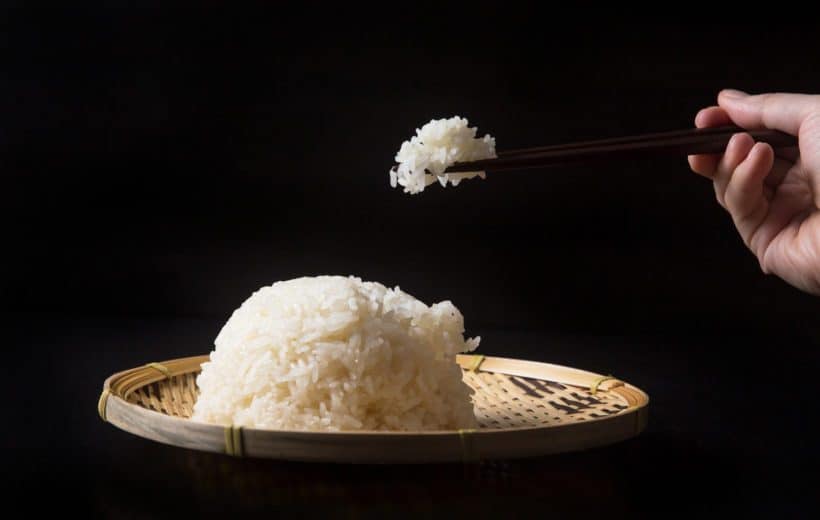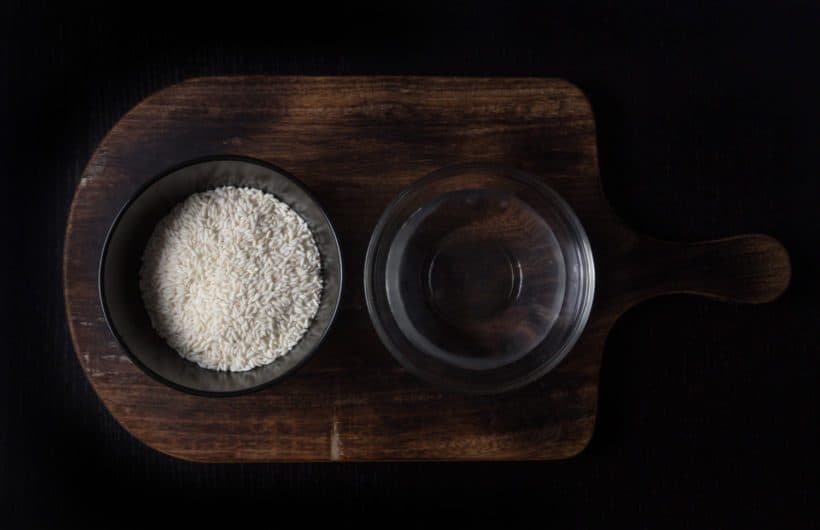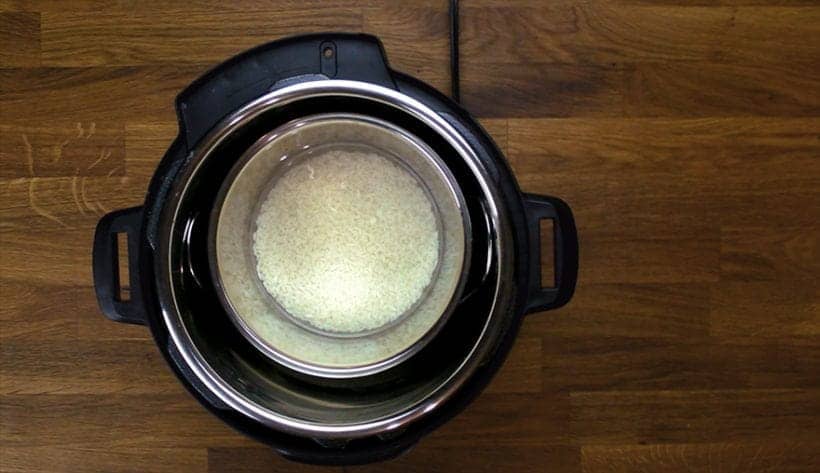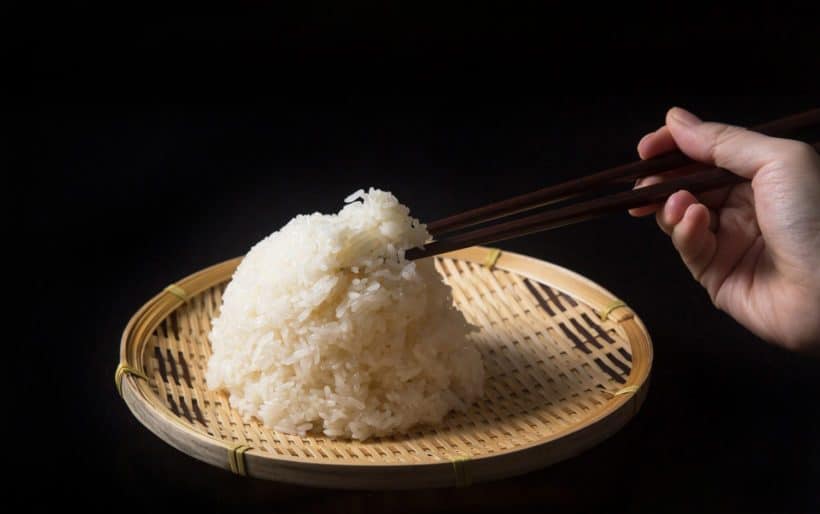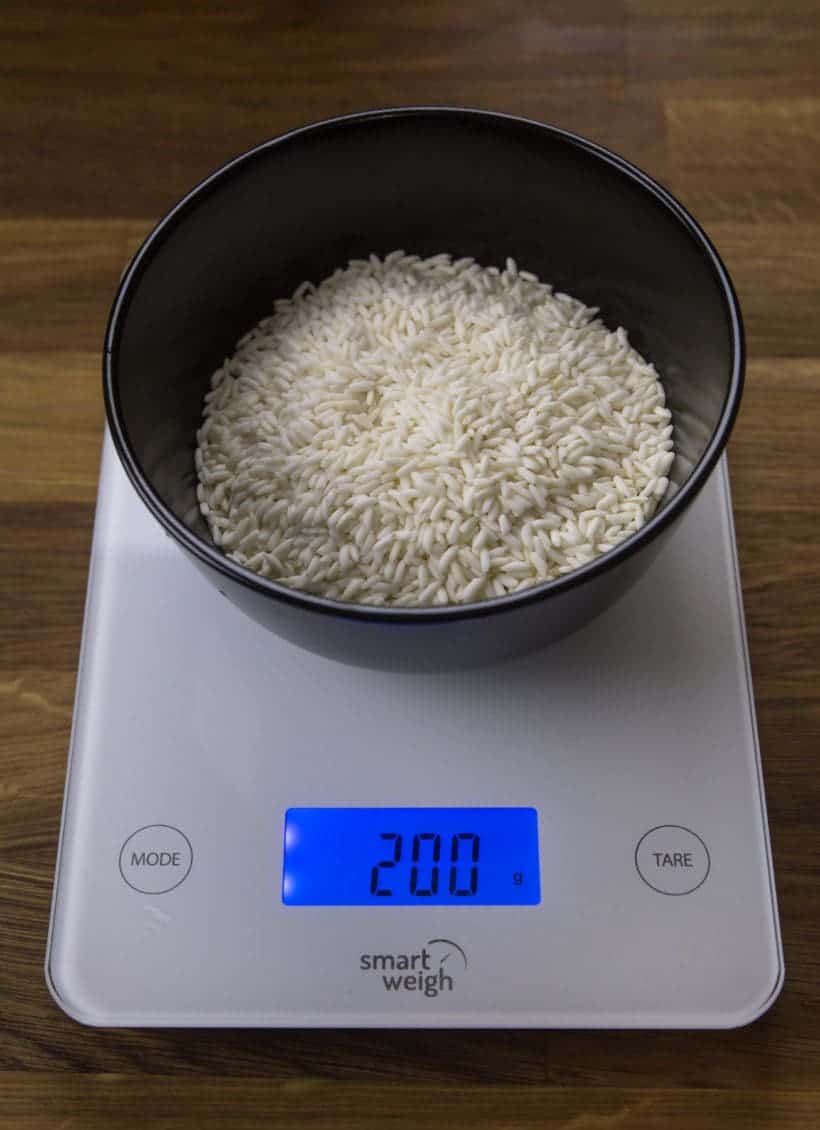CRISPR vs COVID-19: how can gene editing help beat a virus?

Jennifer StraitonPublished Online:2 Nov 2020https://doi.org/10.2144/btn-2020-0145
Known to be a sturdy weapon in a scientist’s arsenal, how has the gene editing tool CRISPR been applied in the fight against COVID-19?
When SARS-CoV-2 was first identified, many researchers redirected their focus to the study of this novel virus and the disease it causes. Those working with CRISPR were no exception, and the gene editing tool was soon brought to the frontlines in the worldwide war against COVID-19. With the technology based upon a naturally occurring bacterial gene editing system that plays a key role the prokaryotic defense against viral infection, the CRISPR—Cas system is designed to fight viruses. The challenge facing researchers now is how best to utilize its natural ability and optimize it for human benefit.
Here, scientists have indeed risen to the occasion and CRISPR technology has been successfully used to develop rapid diagnostic tests for COVID-19 – gaining its first US FDA (MD, USA) approval in the process [1]. Research continues as such tests are now being developed for widespread clinical use, with multiple companies in the race to fill the ever-widening gap in the market left by reagents for PCR-based COVID-19 tests running out and dwindling testing capacity. In other areas, scientists have looked to CRISPR as a potential therapeutic, utilizing its targeted enzymatic activity to destroy SARS-CoV-2 RNA and prevent viral replication.
CRISPR has been well and truly deployed in the fight against COVID-19, but what potential does it hold in controlling this and future pandemics?
Targeted detection with CRISPR-based diagnostics
Testing has been a key factor in many nations’ COVID-19 response policies, with PCR-based testing taking center stage as the gold standard of diagnostic tests. However, a long wait for results, a labor-intensive protocol and a dwindling supply of reagents has led to many looking for alternative testing options. To keep up with the mass testing protocols that many experts have deemed necessary to control the spread of the virus, the development of a rapid, at-home diagnostic test could help to turn the tide on the ever-increasing global case numbers. For this, many have turned to CRISPR, with its nucleotide-targeting ability making it optimal for detecting the presence of viral RNA.
Utilizing CRISPR as a diagnostic tool is not a novel idea; the companies Sherlock Biosciences (MA, USA) and Mammoth Biosciences (CA, USA) – co-founded by CRISPR pioneers Feng Zhang and Jennifer Doudna, respectively – were each launched with the goal of developing CRISPR-based diagnostic tools [2,3]. At the start of the COVID-19 pandemic, both companies shifted their attention towards creating a system that could detect the SARS-CoV-2 virus, and in May 2020 it was Sherlock Biosciences that made history in gaining the first FDA-authorized use of CRISPR.
Speaking to BioTechniques, Sherlock co-founder and CEO Rahul Dhanda noted, We at Sherlock see this as a historic moment for the organization but also for the field in general because what has always been this very robust technology in CRISPR has become validated as a real solution to healthcare.
Their SHERLOCK™ CRISPR SARS-CoV-2 test kit was granted Emergency Use Authorization from the federal authority, meaning it can be used to test for SARS-CoV-2 in certified laboratories. The COVID-19 test kit works by programming the CRISPR system to detect the genetic signature of SARS-CoV-2, utilizing gRNA that is complementary to a specific section of the viral genome. If the target section is detected in a sample, the CRISPR system is activated and a detectable signal – in this case a fluorescent marker – is released [4,5].
So far the accuracy has been incredibly high,” explained Dhanda when asked about the benefits of SHERLOCK relative to PCR-based testing. “We have done our own critical analysis for the FDA authorization that demonstrated 100% accuracy, sensitivity and specificity. In addition, it is much faster; while PCR can take a number of hours, this is done in about an hour. The other benefit is it is relying on another set of reagents and so some of the limitations in the supply chain that have been affecting the use of RT-PCR are not necessarily limiting Sherlock’s test.
While the technology is promising, CRISPR-based tests are still limited to the lab. The real challenge now is in creating a point-of-care testing system that enables rapid, accurate testing in any setting. To achieve this, Sherlock are in collaboration with multiple partners, for example, binx health (MA, USA) with whom they are working alongside to create the world’s first point-of-care diagnostic test for COVID-19. Already this collaboration has brought the turnaround time of the test down to 20 minutes, and it is hoped that the large-scale production of such a test will bring the price per test down and increase accessibility.
CRISPR-based competition: creating the first clinically viable test
While Sherlock made history in gaining FDA approval for their test, developing a clinically viable counterpart is still hotly contested. The race to create a viable CRISPR-based diagnostic is close, and the DETECTR™ assay from a group affiliated with Mammoth Biosciences provides a second option for an alternative COVID-19 test. With a CRISPR–Cas12-based system, the DETECTR test is able to identify the presence of the virus from nasopharyngeal or oropharyngeal swab samples [6]. As with the SHERLOCK system, the test has a quick turnaround time, does not require the complex lab equipment and has displayed similar levels of sensitivity and specificity to qRT-PCR tests.
We need faster, more accessible and scalable diagnostics,” commented Mammoth CTO Janice Chen. “The point-of-care testing space is ripe for disruption and CRISPR diagnostics have the potential to bring reliable testing to the most vulnerable environments [7].
Outside of the biotech industry sector, academic research groups are also throwing their hat into the ring to create a test. Publishing their work in PLoS Pathogens, a Chinese research group recently announced the development of their CRISPR-COVID test [8]. Described by the authors as “an isothermal, CRISPR-based diagnostic for COVID-19 with near single-copy sensitivity,” their test takes just 40 minutes to produce results.
In addition, recently researchers from the University of Connecticut (USA) validated the clinical feasibility of their All-In-One-Dual CRISPR-Cas12a (AIOD-CRISPR) method, utilizing a low-cost hand warmer as an incubator and generating results in as little as 20 minutes. By using a hand warmer, the researchers eliminated the need for an electrical incubator and thus created an instrument-free point-of-care diagnostic [9]. “Such a simple, portable and sensitive detection platform has the potential to provide rapid and early diagnostics of COVID-19 and other infectious diseases at home, in the doctor’s office, and even at drive-thru testing sites,” commented group leader Changchun Liu [10].
With multiple groups working towards the goal of a CRISPR-based diagnostic, it is just a matter of time before the technique is cleared for clinical use. In the timeline of a pandemic, this cannot come soon enough, with many having already highlighted the need for mass testing with cheap, rapid point-of-care tests in order to overcome a deadly second wave [11]. However, whether ready in time to have clinical benefit in this pandemic or in the next, precedent has been set for CRISPR as a diagnostic and once again it has proven itself a vital lab method in creating the next generation of tests.
PAC-MAN vs the pandemic: therapeutics going retro
Therapeutic applications for CRISPR are on the rise, with the technology playing a key role in the development of potential cures for a variety of genetic diseases by directly editing the genome [12]. Meanwhile, taking a different approach and looking outside the human genome, researchers from Stanford University (CA, USA) are working towards a CRISPR-based therapeutic for infectious disease. Beginning their work targeting the influenza virus, the team have followed suit of many before them and refocused the aim of their gene-targeting antiviral agent towards COVID-19 and the global battle against the pandemic [13].
The Prophylactic Antiviral CRISPR in huMAN cells – or PAC-MAN – technology includes the Cas13 enzyme and a strand of gRNA that is specific to nucleotide sequences in the SARS-CoV-2 genome. In targeting and subsequently destroying the viral genome, PAC-MAN technology effectively eliminates the threat of the virus by preventing viral replication. Further, by targeting RNA sequences that are conserved across all members of the Coronaviridae family, the researchers suggest that PAC-MAN could become a pan-coronavirus inhibition strategy that is effective against all disease-causing coronaviruses [13].
While PAC-MAN technology has already proven its worth as a molecular tool, translating this into a clinically viable treatment has its issues – the most prominent being the lack of an effective delivery mechanism. This is a fundamental challenge faced across the field of gene editing, as the component parts of CRISPR are just too large to enter the target cells [14]. Various delivery mechanisms are being investigated to overcome this issue, and the Stanford team have collaborated with a group at the Molecular Foundry (CA, USA) who specialize in the development of synthetic molecules called lipitoids which hold potential as an effective CRISPR delivery system.
Lipitoids – a type of synthetic peptide – have been shown to be nontoxic to humans and are able to effectively deliver nucleotides to cells by encapsulating them into nanoparticles approximately the size of a virus. When combined with the PAC-MAN technology, the lipitoid Lipitoid 1 performed well and, in a sample of human epithelial lung cells, was effective at reducing the amount of SARS-CoV-2 in a solution by over 90% [15]. The next step for the Stanford-based group is to test their PAC-MAN/lipitoid therapy in an animal model against a live SARS-CoV-2 virus.
An effective lipitoid delivery, coupled with CRISPR targeting, could enable a very powerful strategy for fighting viral disease not only against COVID-19 but possibly against newly viral strains with pandemic potential, commented Michael Connolly, leader of the Molecular Foundry group [15].
Lose the battle, win the war
Even in the fast-paced field of COVID-19 research, a clinically viable CRISPR-based therapeutic may be a long way off. While COVID-19 may beat CRISPR in this current battle, the pan-coronavirus applications of the PAC-MAN technology likely mean that CRISPR will come out on top in the war against future coronaviruses.
In the current COVID-19-centric news cycle, advances not directly related to COVID-19 treatments are often viewed as a side note. Attention is thoroughly focused on what developments can do to rid the world of the ongoing pandemic and get things ‘back to normal’. That being said, it is worth noting that the technology developed in the face of COVID-19 can be applicable for many other infectious diseases, and the advances in CRISPR technology developed today will likely be beneficial for decades to come.

















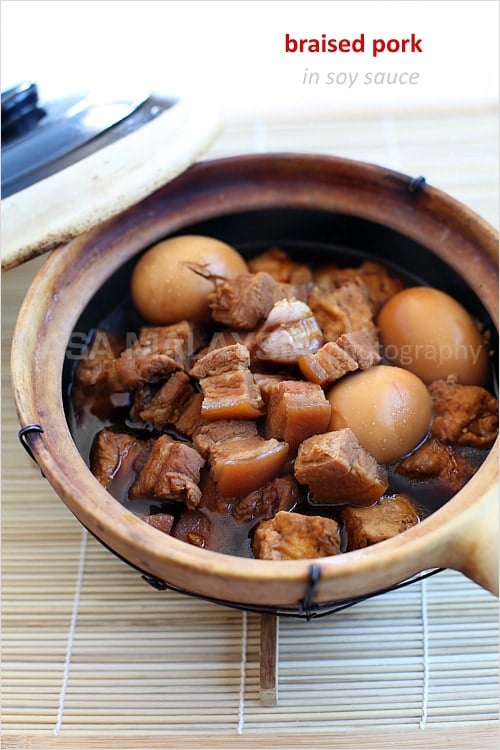
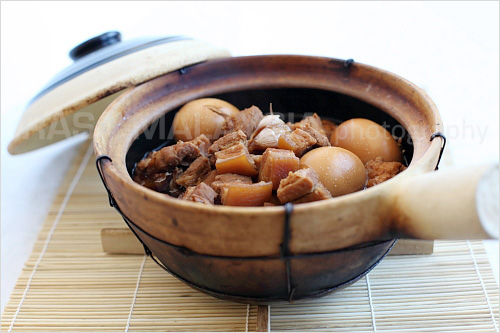
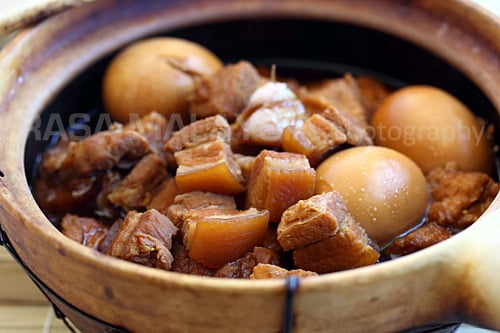



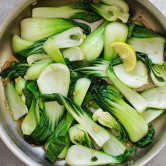
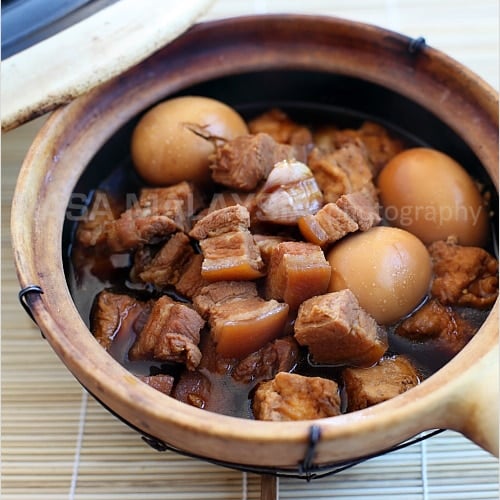 4.5 Stars (68 Reviews)PRINT
4.5 Stars (68 Reviews)PRINT
